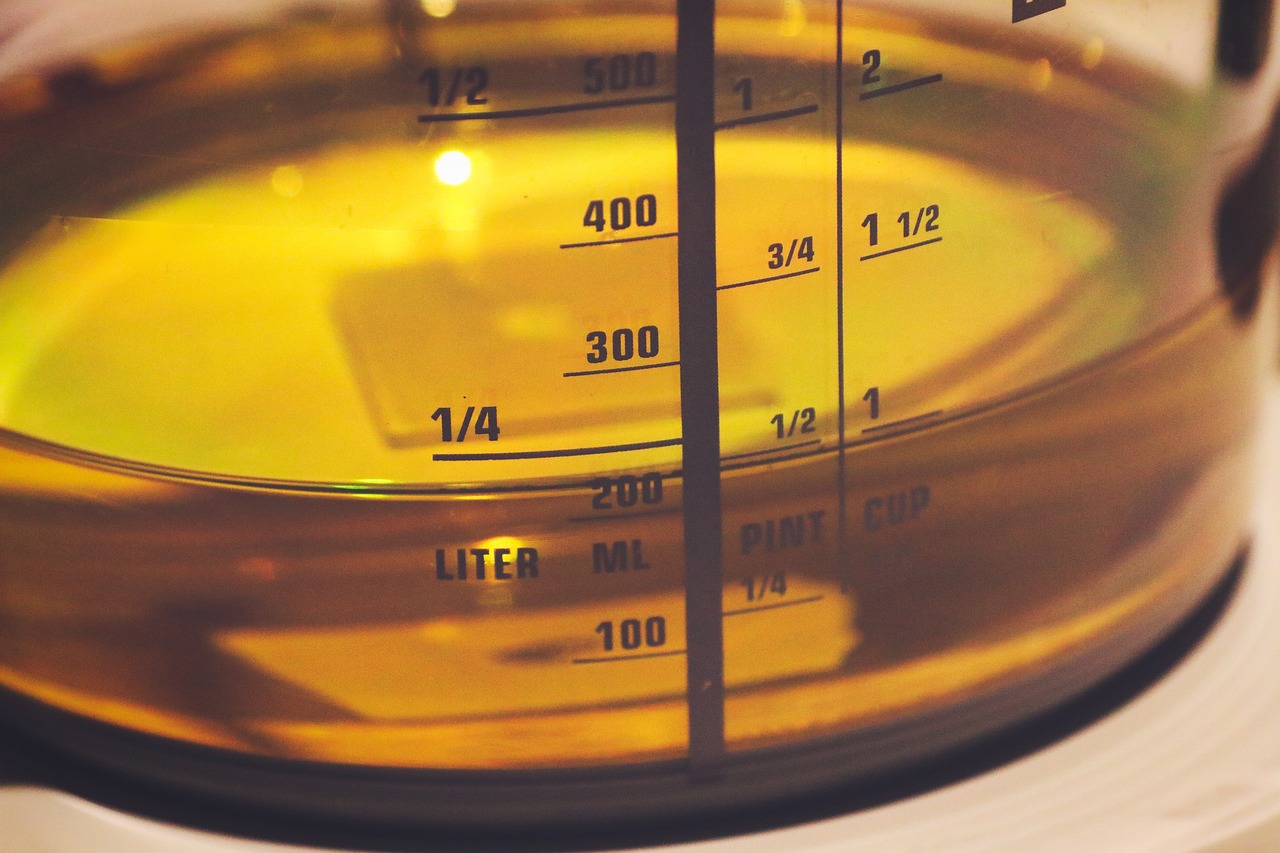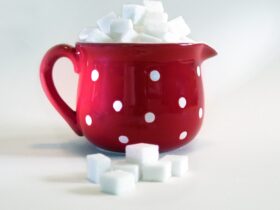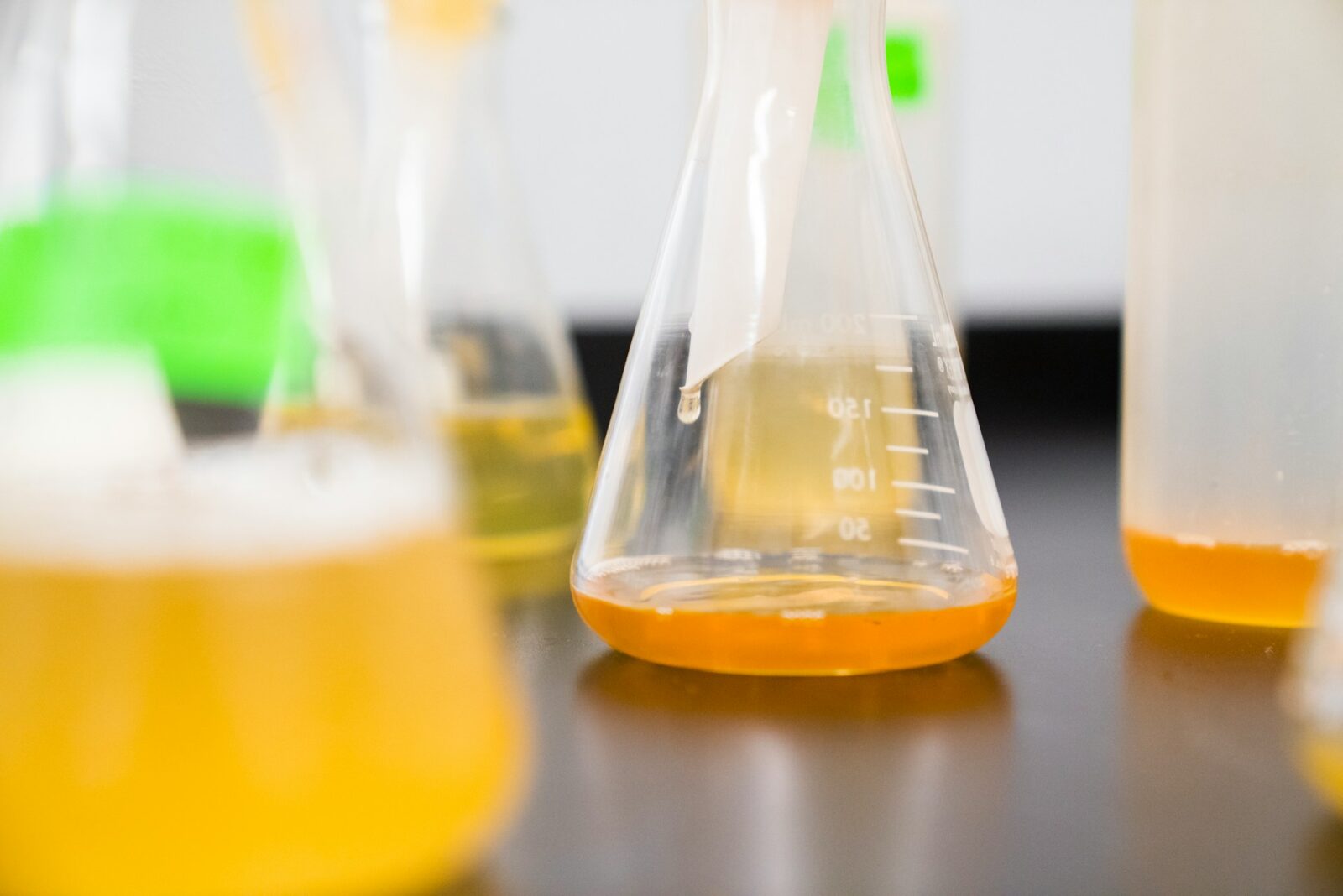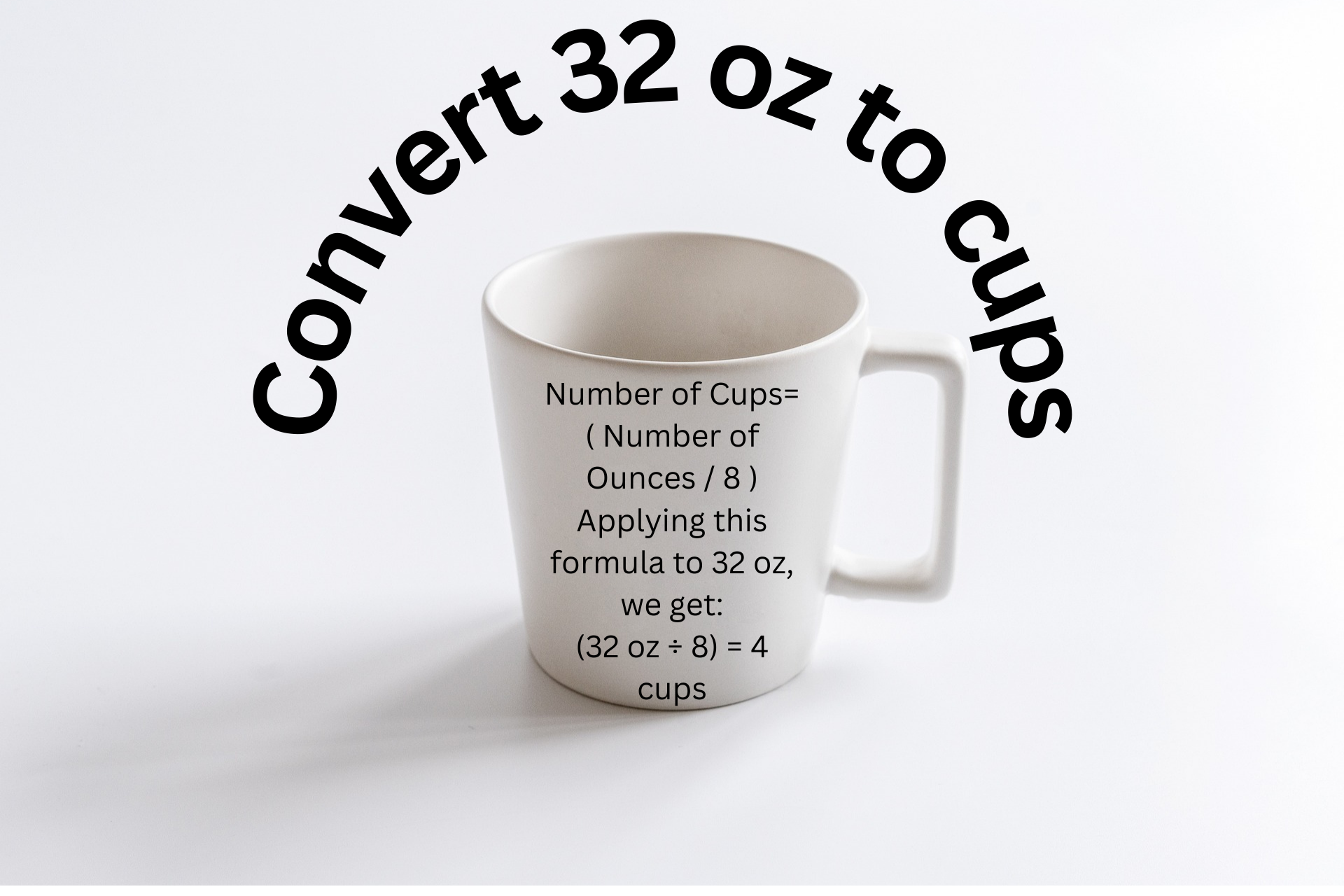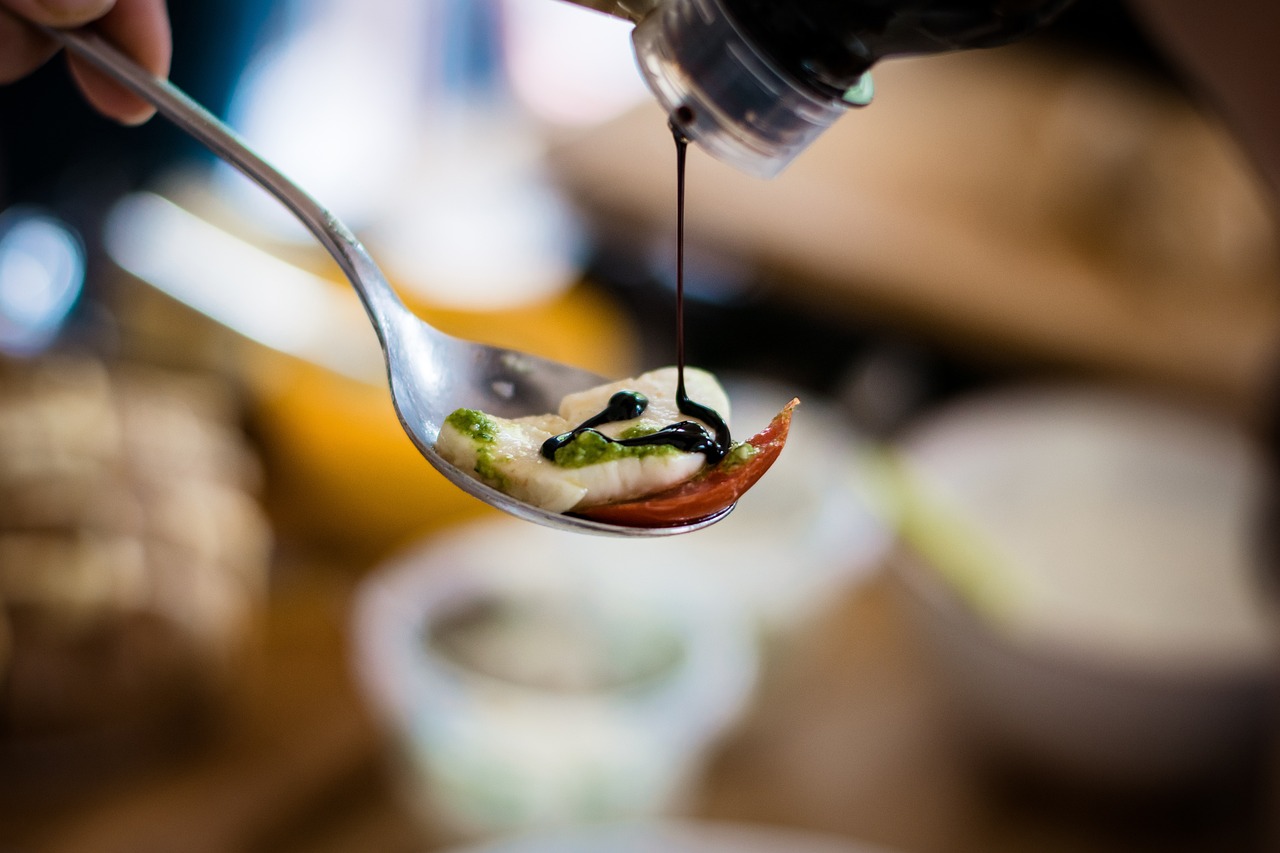Conversions between different units of measurement are a common requirement in various fields such as cooking, science, and everyday tasks. One such frequent conversion is from ounces to milliliters, especially in recipes or when dealing with liquids. This article aims to explain how to convert 16 ounces to milliliters, providing a clear understanding of the conversion process.
The Basics of Ounces and Milliliters
Ounces (oz): An ounce is a unit of volume commonly used in the United States to measure liquids and solids. There are two types of ounces: fluid ounces for liquids and ounces for dry ingredients. This article focuses on fluid ounces.
Milliliters (ml): A milliliter is a metric unit of volume commonly used around the world. It is part of the International System of Units (SI) and is equivalent to one-thousandth of a liter.
The Conversion Factor
To convert ounces to milliliters, we need to use a conversion factor. The widely accepted conversion factor for fluid ounces to milliliters is: 1 fluid ounce (fl oz)=29.5735 milliliters (ml)
UK Fluid Ounces (fl oz): In the UK, a fluid ounce is slightly different from the US fluid ounce.
1 UK fluid ounce (fl oz)=28.4131 milliliters (ml)
Conversion Calculation
Given this conversion factor, converting 16 fluid ounces to milliliters involves a simple multiplication:
16 fl oz×29.5735 ml/fl oz=473.176 ml
Therefore, 16 fluid ounces is equivalent to 473.176 milliliters.
UK fluid calculation
16 UK fl oz×28.4131 ml/UK fl oz=454.6096 ml
Thus, 16 UK fluid ounces is equal to 454.6096 milliliters.
Practical Applications
Understanding this conversion is particularly useful in several scenarios:
- Cooking and Baking: Many recipes use fluid ounces for liquid ingredients. Knowing how to convert these measurements to milliliters can be crucial when following recipes, especially from different countries.
- Health and Nutrition: Beverage servings, medication dosages, and dietary requirements often require precise measurements. Being able to convert fluid ounces to milliliters ensures accurate intake.
- Science and Laboratory Work: Experiments and laboratory procedures frequently use metric measurements. Converting ounces to milliliters can ensure accurate measurement of liquids and solutions.
Conclusion
Converting 16 ounces to milliliters is a simple yet essential skill, particularly in cooking, health, and scientific contexts. By using the conversion factor 1 fl oz=29.5735 ml, we find that 16 ounces is equivalent to 473.176 milliliters. Understanding this conversion helps ensure precision in various tasks, making it a valuable piece of knowledge to have at hand.

